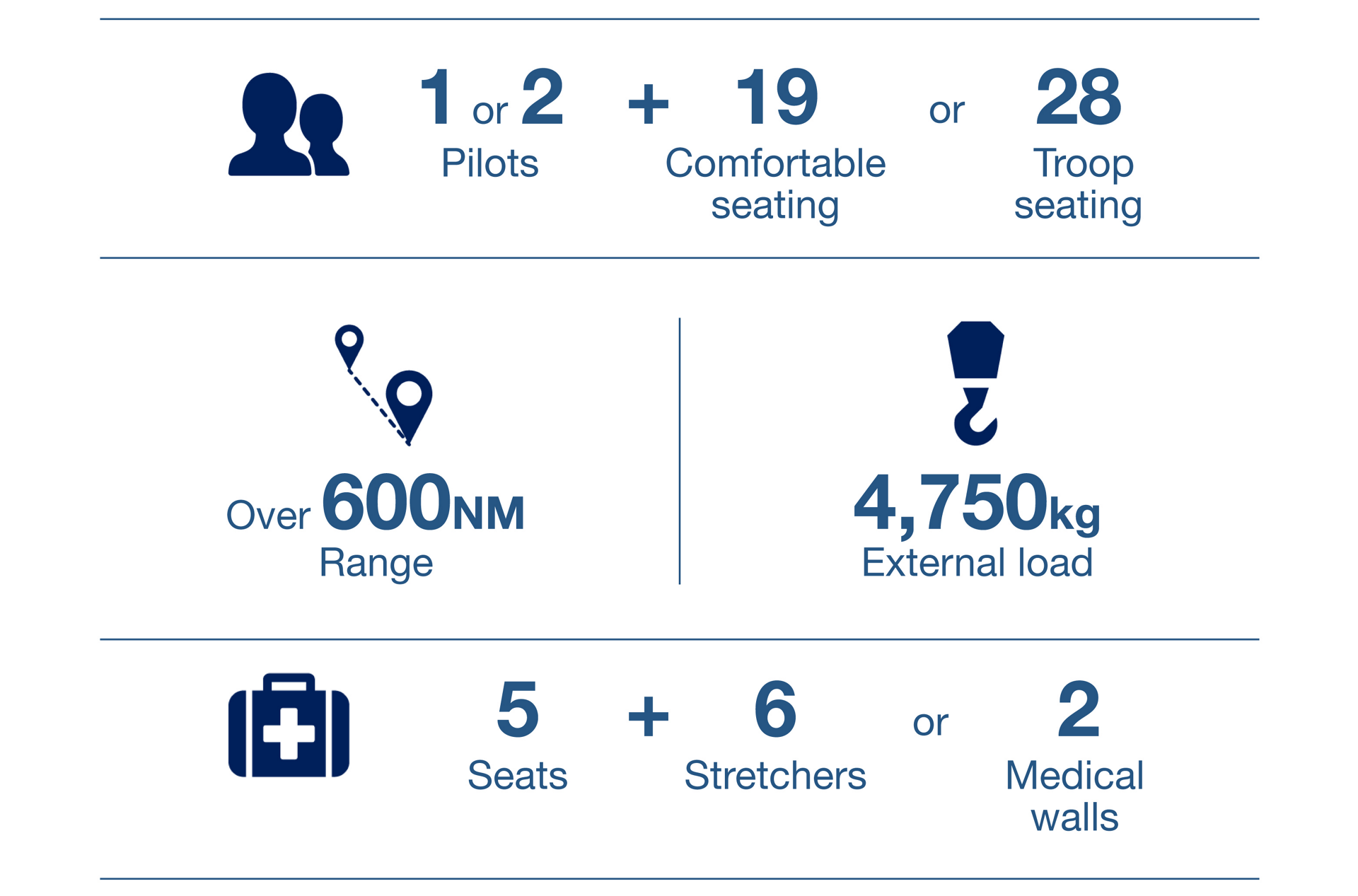Breaking News
Neat Video Denoiser Premiere Crack
четверг 21 мая admin 53
Noise is a serious problem in digital video editing. Many times footage produced by digital video cameras, camcorders, digital TV-tuners, digitizers etc. Has a disturbing slight noise.
Dec 27, 2019 Neat Video Awesome Cracked is a digital filter designed to cut back seen noise and grain present in footage from digital video cameras, DSLRs, TV-tuners and even digitized movie or VHS. Latest Neat Video is obtainable as a plug-in for a lot of standard video enhancing purposes reminiscent of Adobe Premiere and Ultimate Minimize Professional.
This noise, caused by the sensor of the camera, is even more distracting the more gain or ISO are being dialed in to compensate for poor lighting conditions.Neat Video is a video filter designed to reduce visible noise and grain in video footage.Neat Video works with modern algorithms to reduce noise. They were developed especially for digital image and video editing by a professional working group. These algorithms top the quality of all classical and Wavelet based noise reduction methods. Wavelet based methods exist since about 20 years on the market and are still considered as modern. But Neat Video uses an even newer and more efficient approach.With Neat Video it is therefore possible to distinguish between noise and details in a video. While noise can be reduced, detailed information in your video clip will be conserved.
Since Neat Video is easy to handle, beginners as well as experienced users will soon achieve results.In version 5 Neat Video analyzes several adjacent frames of your video to find the best suited area of a picture to analyze the noise.There may be certain images where a large enough uniform area suitable for an analysis might not be found. In this case you can manually choose from a variety of preset noise profiles.The check your settings Neat Video offers a new preview option for playback. Several frames are being looped for a fluent playback making the optimization even easier.Extended filter presets speed up your workflow even more, for instance to remove banding artefacts, dust and scratches as well as flickering effects.New in Neat Video 5.

For people that get paid to edit film, video, television, etc. Generally we're not a place for you to advertise your work, and we expect everyone to be civil and generally not act like a jerk.Rules. Don't be a jerk. Imagine someone else is having a bad day. Reply/post as such.
Feedback: do it somewhere other than facebook or YouTube. Vimeo is a good choice. Then be specific about the type of feedback you want. This is a subreddit for people who make their living in the field (or are trying to.) If you want to know what software to use.go to. No posting of your services, or that you're looking for work.
If you want to post a job, we expect you to quote some sort of pay - hourly, daily, weekly etc. AND how long you expect the job to take. Having a problem: Be specific about your setup, software and footage. Want to give away your music or footage: State the copyright.
We prefer public domain or Creative Commons. No, we don't want a discord channel. ABSOLUTELY NO DISCUSSION OF PIRACYPlease feel free to add and edit pages, and list requests. To get your page listed on the Wiki index page just drop a note in the Mod Mail and we'll get to you as quickly as possible.
Weekly Schedule:Monday: Megathread Mondays )Wednesday Assistant Editor Wednesdays Thursday Tip Thursday Friday Memes/funny/frustrating storiesSunday Sunday Job/Career Advice Are you new to editing?.Want to look at editing timelines?.Discussion or advocacy of piracy is prohibited. You don't want people to rip off your work, we shouldn't be ripping off theirs.Want to learn more?
Try these subreddits:.To chat with specialists in recording sound on set, check out.Specialists in audio post production?.Specialists in video-engineering?.Looking for something more local? Here are some localized subreddits:. Not a scientist here. Also not a programmer, and not a person with any authority to speak on the matter.
That said, here's how I would imagine noise reduction algorithms to work.In general the plugin knows well enough to leave midtones and highlights generally untouched save for single pixels with significant deviation. In general a single pixel is far more likely to be an imaging imperfection than a real world object. At high gain settings you can get hot pixels. One exception would be a starry sky, where crushing the blacks in curves may be more efficient than an noise reduction plugin.Most noise reduction algorithms require a noise print.
With Neat Video you define an area of noise. This helps it figure out if it's needing to clean up luminance noise, chrominance noise, or both. Noise doesn't have a pattern, but it does have an amount. The camera will have applied some noise reduction (unless RAW) and knowing which type of noise it suppressed can help the plugin know what kind of noise to target.With a noise profile, the plugin will look for areas of noise. This will mainly be in the dark tones and shadows.
These probably get an averaged (luma, chroma, or both) over a specific area with edge detection bounding that area. So if someone is wearing a navy shirt the plugin will use edge detection to find the shirt and only take samples from that area. The area is then averaged for approximate color.
This average is then used to replace the area. The average is probably found per pixel so gradients continue to exist.
The really darkest tones may get crushed to black.As I said, I'm just some guy on the internet making a guess. The only noise reduction articles I've found are about dark frame subtraction in still photography. Noise reduction methodology seems to be shrouded in trade secrecy.
EAC extraction logfile from 17. EAC extraction logfile from 18. 
